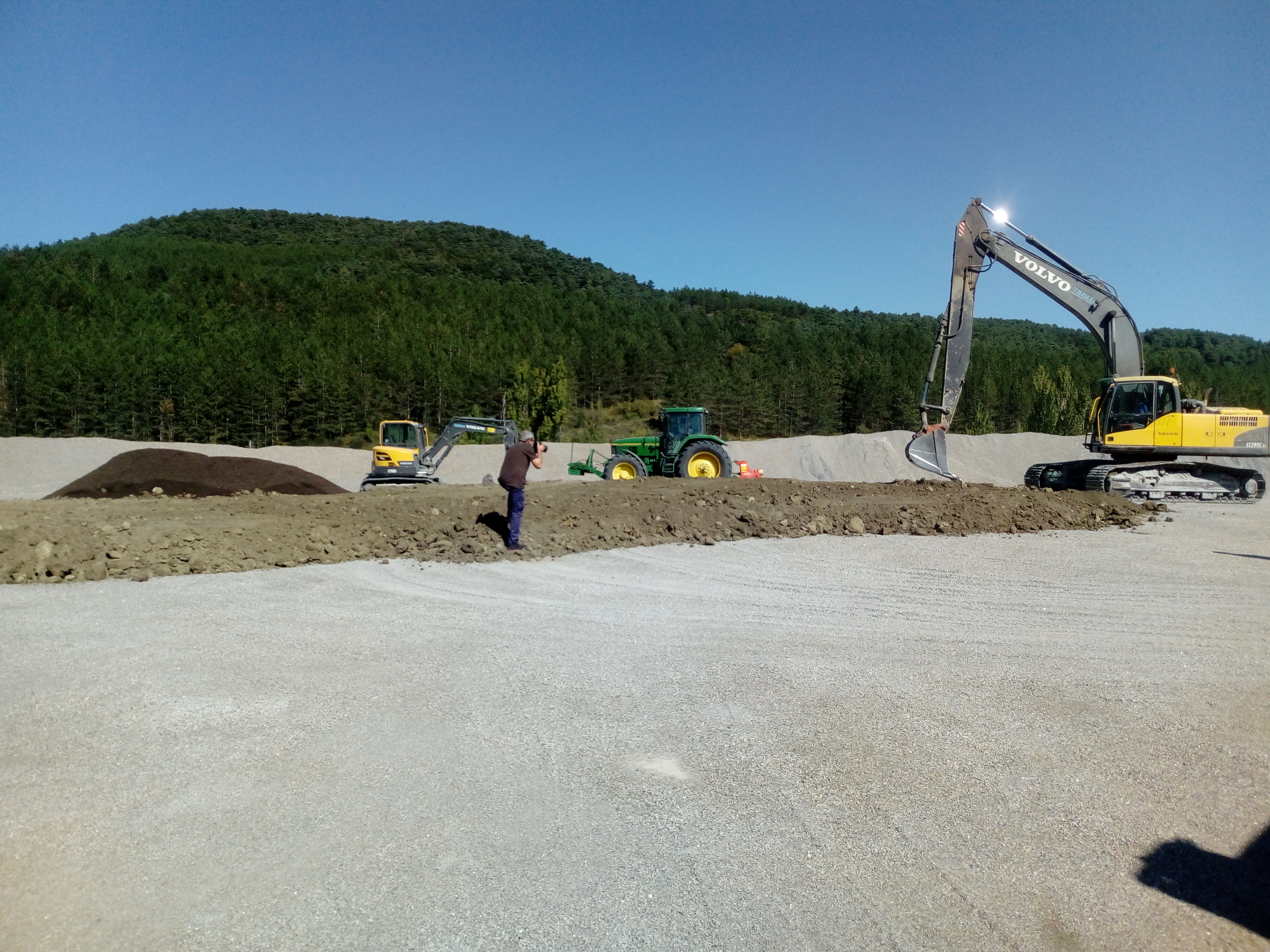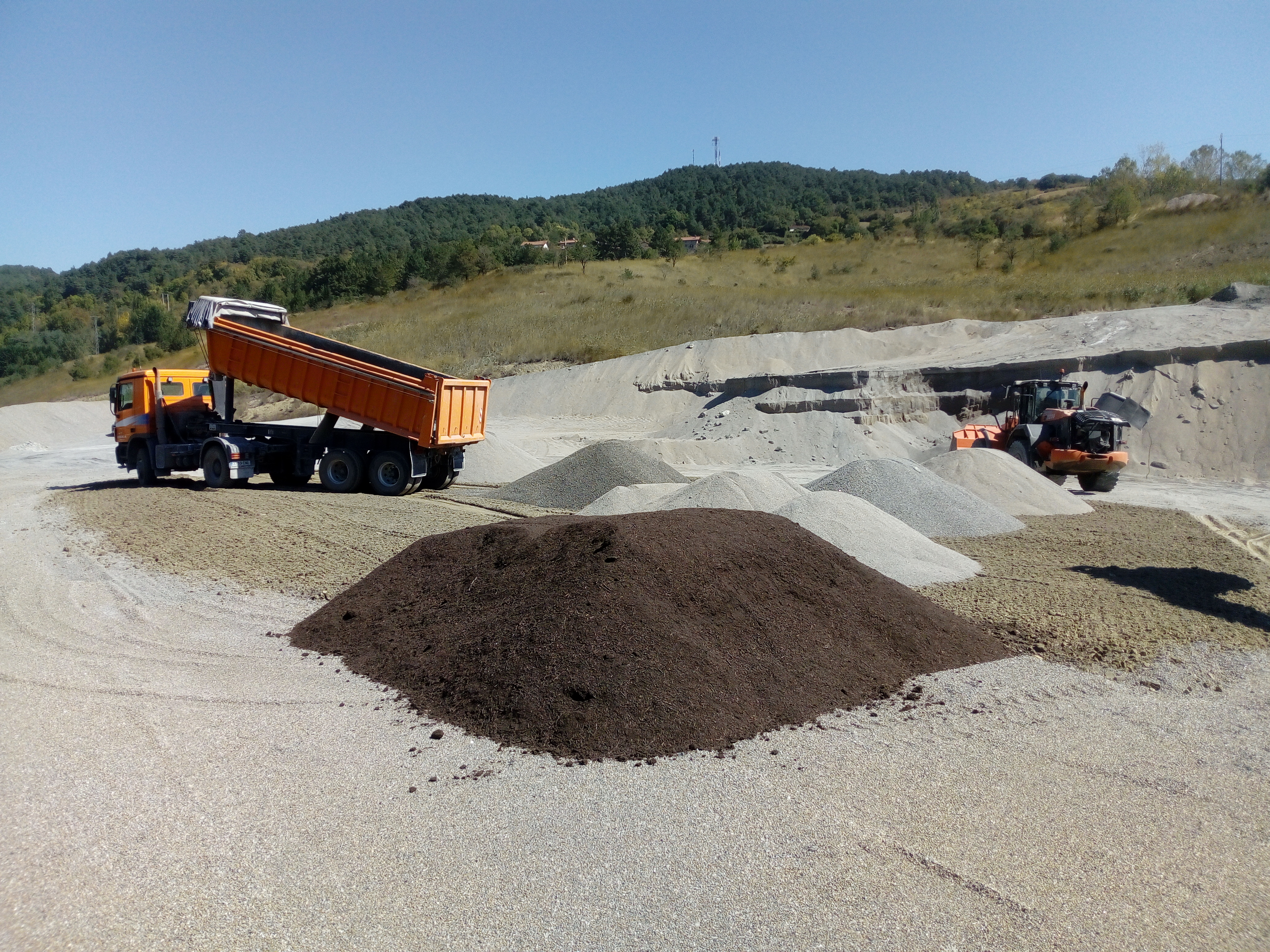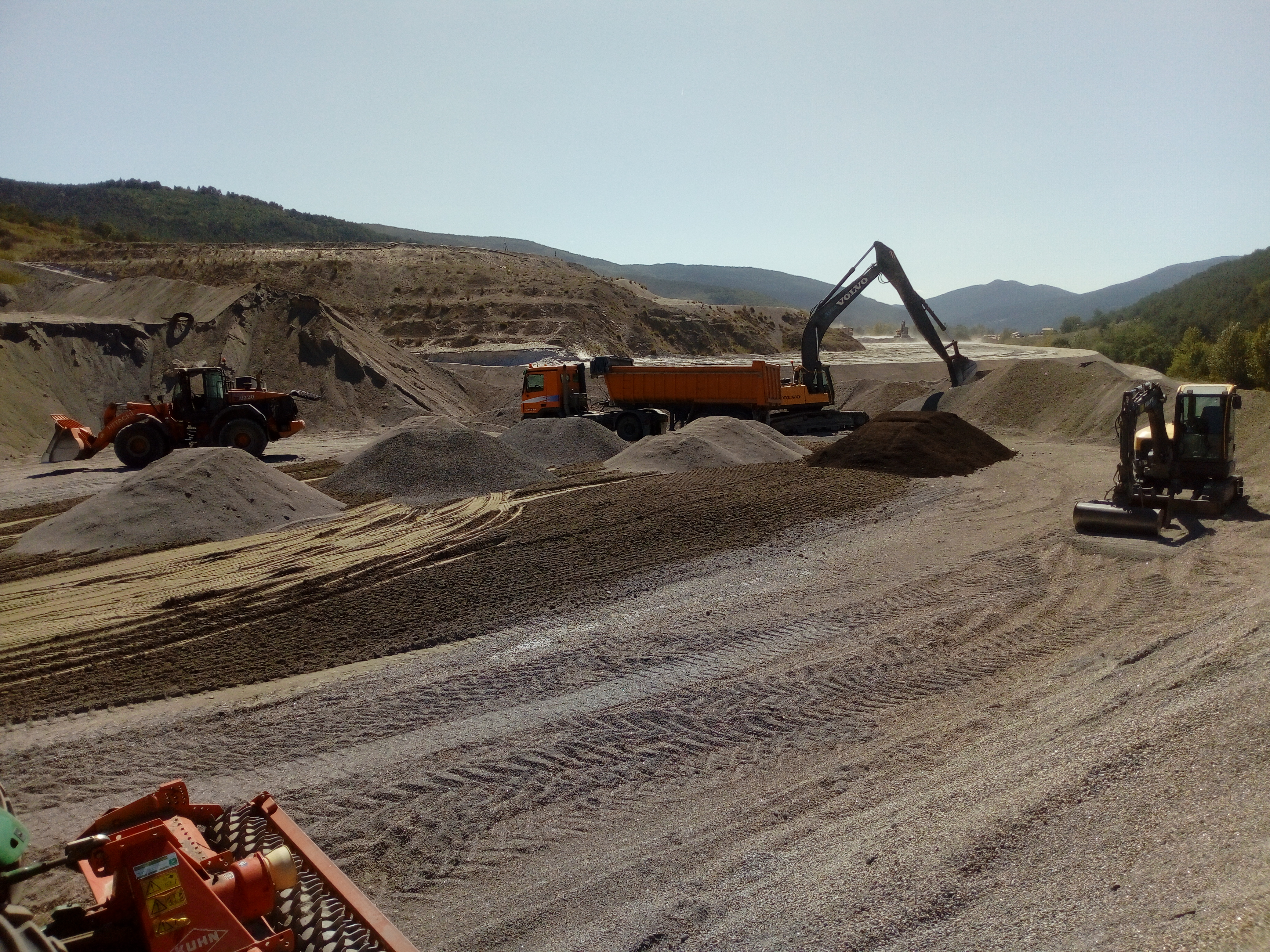 Recovery of degraded soils
Recovery of degraded soils
agreement According to the World Reference Base for Soil Resources, a technosol is a soil characterized by the presence of more than 30% of artifacts (recognizable objects in the edaphic profile elaborated or extracted from the soil by man), or sealed by hard material of a more or less technological nature (created by human activities, with properties different from natural rocks).
In recent years, numerous initiatives have been developed to use technosols as substitutes for natural soils, degraded or contaminated by human action, thus promoting the valorization of the residues that make them up.
This is the case of the project developed by BIOMA researchers at partnership with business Magnesitas de Navarra (MAGNA), consisting of the development of a technosol based on by-products of the business in order to recover the degraded soils of the area and also the parts of the quarry that have been worked.

The main innovation of this new artificial soil is that it is not a mere support for plants, but incorporates three fundamental factors that increase its effectiveness:
-
Natural humus: which improves soil texture and the mobilization of assimilable nutrients for plants.
-
Anaerobic microbiota: beneficial for the creation of the rhizosphere by the plant.
-
Rhizospheric activity-controlled release fertilizer: use of phosphorus-rich by-products from water purification and waste from business.

The results of this research, which will be protected by MAGNA, constitute a significant advance in the improvement of the quality and efficiency of technosoils and are a clear example of Economics circular, with the consequent benefit for the environment.

